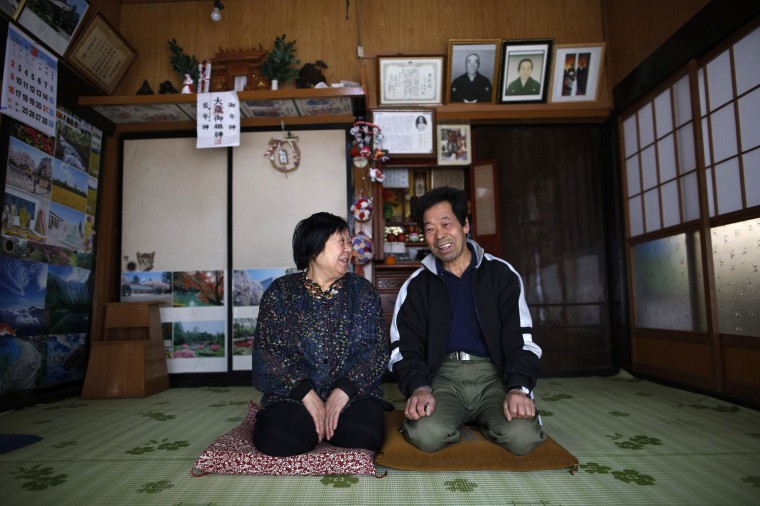The completion of decontamination work allowed residents of a small part of the Fukushima exclusion zone to return home Tuesday, just over three years after they were forced into exile.
The reopening of the Miyakoji area of Tamura, a city inland from the wrecked nuclear station, marks a tiny step for Japan as it attempts to recover from the 2011 disasters.
But the event is a major milestone for the 357 registered residents of the district. The trickle of returnees highlights both people's desire to return to the forested hamlet and the difficulty of returning to normal.
"Many of our friends and neighbors won't come back," said Kimiko Koyama, 69, speaking on her return to the large farmhouse she had occupied for 50 years, while her husband Toshio, 72, tried to fix a television antenna on the roof.
"There are no jobs. It's inconvenient and young people are scared of radiation," she said. "My daughter won't bring our grandsons here because of the radiation."
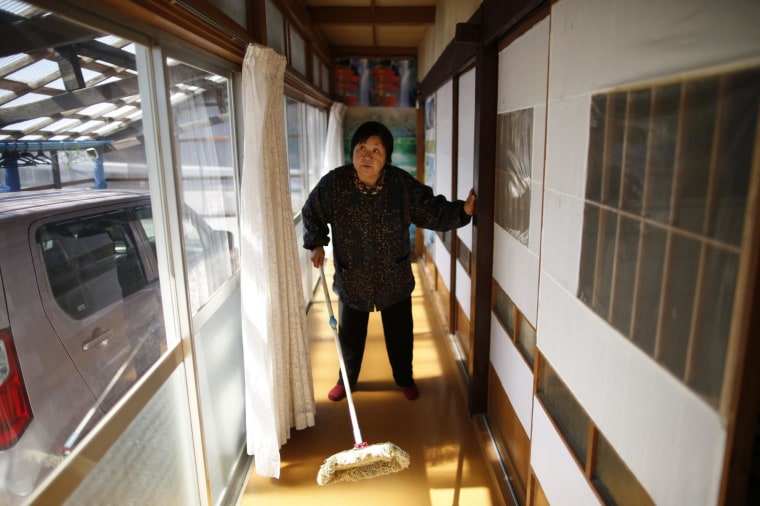
A few cars streamed into the town on Tuesday, where several TV news vans were set up. Some elderly women sat by the roadside, but there were no children or families in sight outside.
Schools open later this week, but seven children came to the local pre-school and four older children were also dropped off, as volunteers from nuclear plant operator Tokyo Electric Power (Tepco) removed ice and snow and leveled the playground.
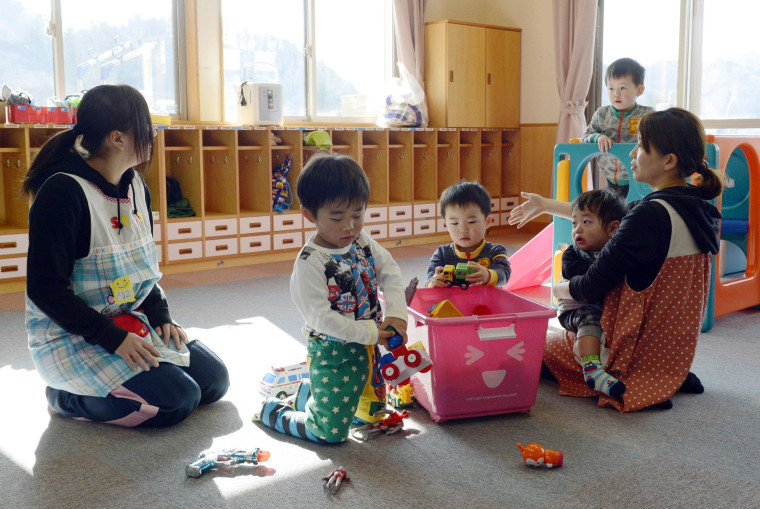
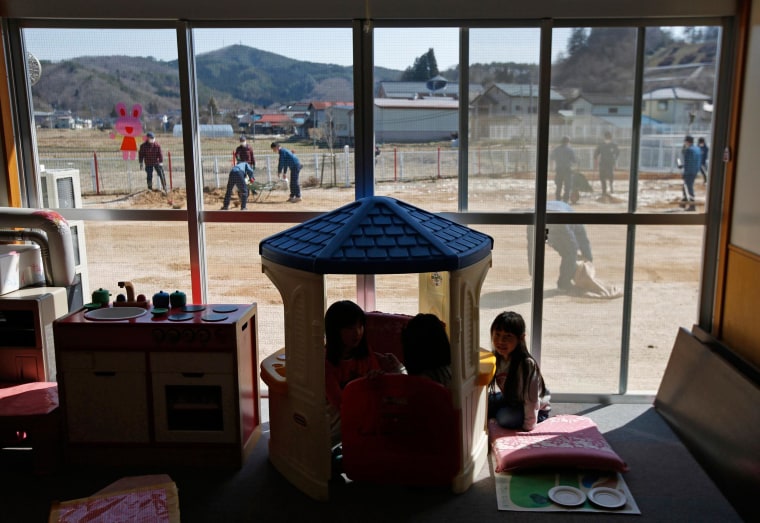
Radiation levels in Miyakoji ranged from 0.11 microsieverts to 0.48 microsieverts per hour, February readings show.
That was higher than the average 0.034 microsieverts per hour measured in central Tokyo on Monday, but comparable to background radiation of about 0.2 microsieverts per hour in Denver. A commercial flight between Tokyo and New York exposes passengers to about 10 microsieverts per hour.
People exposed to radiation typically have a higher chance of getting cancer if doses exceed 100 millisieverts (100,000 microsieverts), the World Health Organisation says.
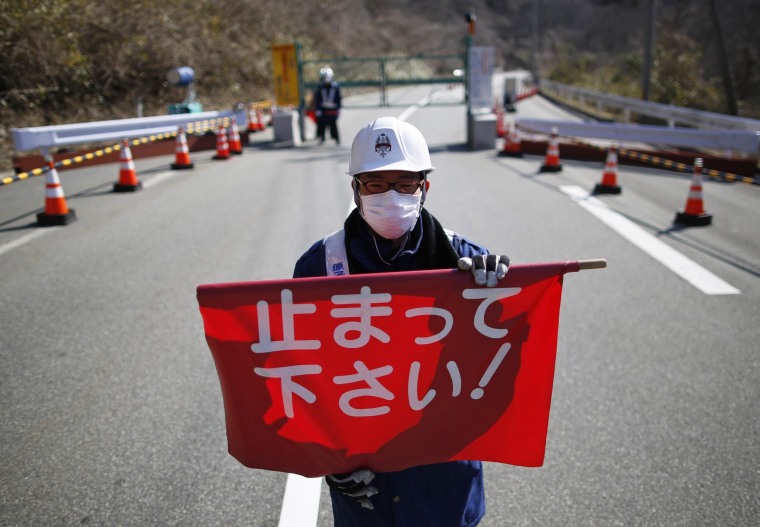
Tuesday's homecoming is particularly difficult, as many residents worked at the Fukushima plant before the disaster and depended on Tepco for stable jobs.
"It was the only job out here and we were grateful," said Kimiko Koyama. "We worked hard to feed our three daughters. We worked and we built our life here."
The Koyamas, who helped to build the very nuclear reactors that have displaced them from their homes, are letting the city keep radioactive debris in an empty lot on their land in a bid to hasten the cleanup.
